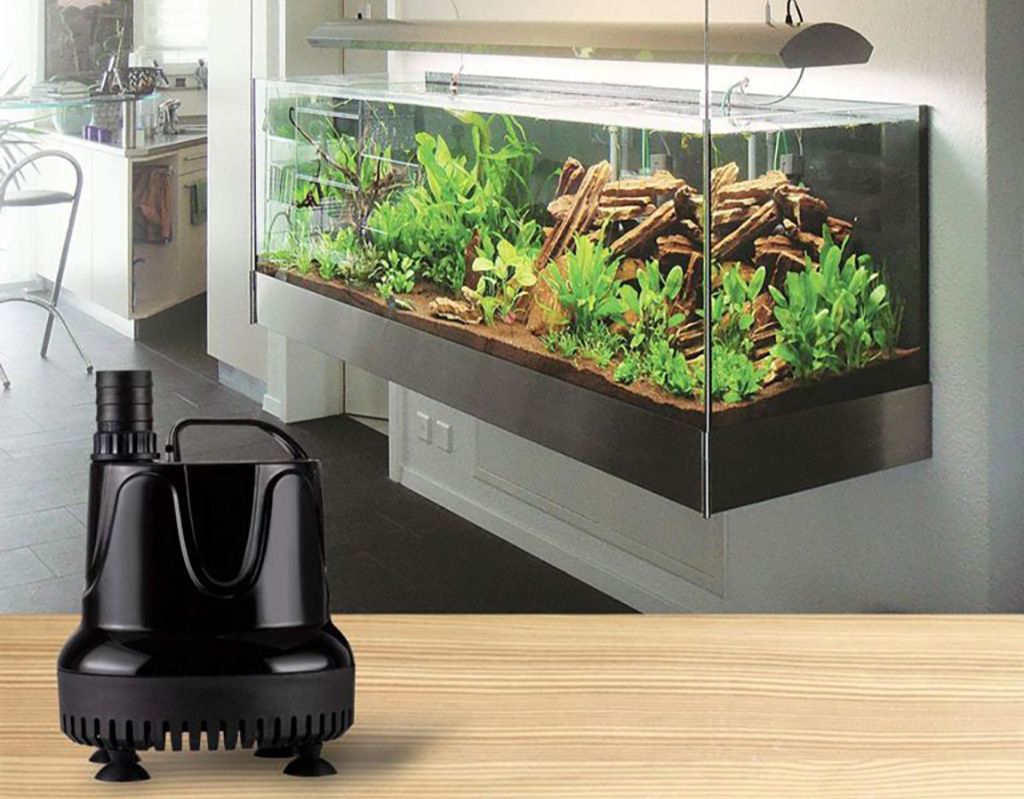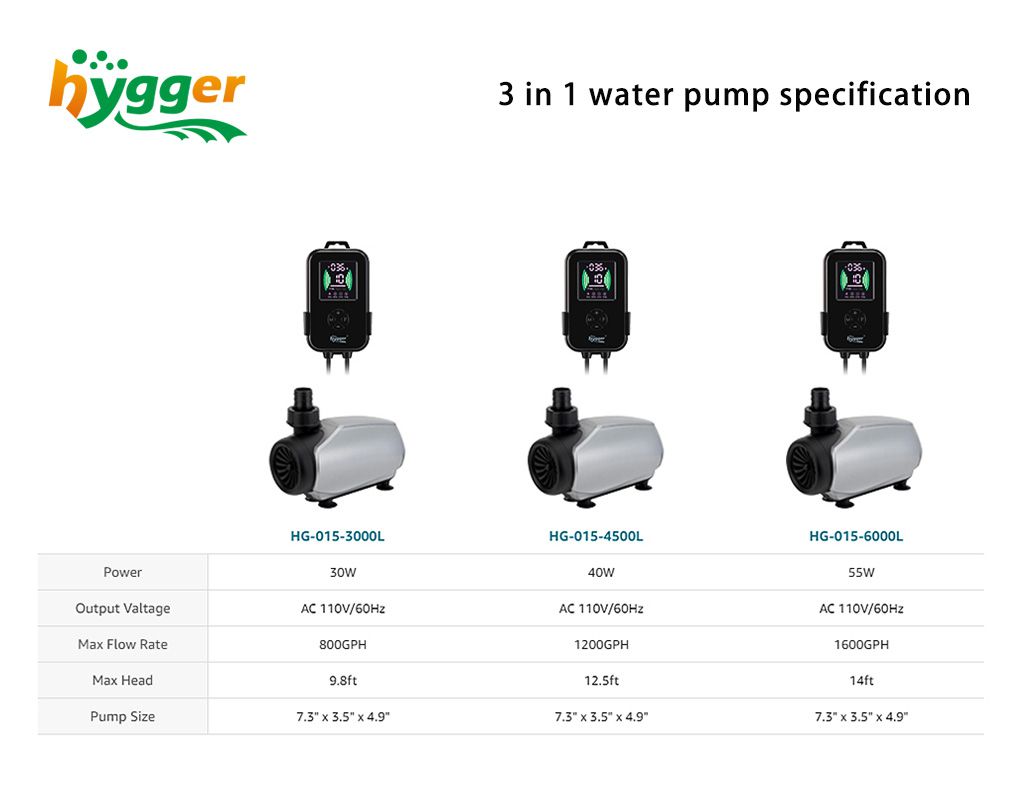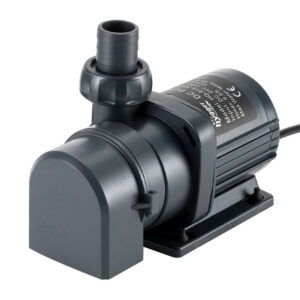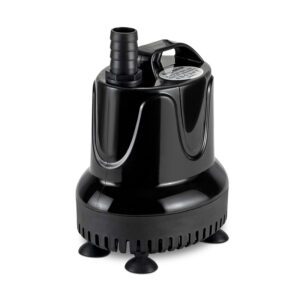Have you ever been confused about the types of aquarium water pumps? Exactly, there are three main types – submersible water pumps, in-line water pumps, and DC water pumps. Submersible water pumps, for instance. The submersible ones are entirely submerged in the water and run underwater completely. As a result, the heat of a submersible water pump can be transferred to the water directly, which is not good for fish sensitive to water temperature fluctuation. But most small water pumps are low noise and easy to install. Then, how to choose the right submersible pump for your aquarium? Do not hurry! This article will discuss that.
Content Table
How does a submersible pump work
A water pump can create water movement, circulate water, and remove debris from your aquarium. As a result, adding a water pump to a fish tank helps to keep great water quality. Then, do you know how a submersible water pump works? Next, we will learn about that in this part.
If you place the water pump underwater and turn it on, the impeller will rotate at high speed. Meanwhile, the water in the pump will rotate with the impeller. Then, with the help of centrifugal force, the water will be discharged from the outlet. After discharging the water, a vacuum low-press area will appear in the center of the impeller.
As the atmospheric pressure, the water in the fish tank flows into the water pump through the suction pipe. Also, for the limited volume of the water pump, as the discharged water gradually increases, the pressure will improve accordingly, and the water will be discharged from the outlet finally. In short, the water is sucked up from the fish tank and continuously discharged from the outlet of the water pump.

What pump size do I need to lift my tank?
Before making a decision, you should consider the power and flow rate of a water pump as well as the head height and water capacity of your fish tank. Specifically, aquarium size, filtration forms, fish species, and fish density should be taken into account. Usually, large tank sizes and high fish density would need a water pump with large power. Besides that, the flow rate will be affected by the head height of a fish tank. The higher the height, the lower the flow rate of the water.
Furthermore, the flow rate of the water pump should be three to five times higher than the water capacity of your aquarium, for a large fish tank 8 times is better. Consequently, it is better to know the water capacity in advance. Then you can ensure the best flow rate for your fish. Because too high flow rates will cause too much circulation and damage to fish, while too low flow rates are also not good for fish.
Next, we will share some available flow rates of water pumps for different aquarium sizes. Just take it as a reference.
| Aquarium size | The available flow rate of the water pump (GPH) |
| 5 gallon | 54-90 GPH |
| 10 gallon | 114-190 GPH |
| 20 gallon | 225-375 GPH |
| 30 gallon | 342-570 GPH |
| 50 gallon | 570-950 GPH |
| 75 gallon | 855-1425 GPH |
Take a 75-gallon aquarium as an example, it requires a water pump with an 855-1425 GPH flow rate. Then the aquarium requirement with the specification of water pumps. The 40W water pump is feasible. Furthermore, the water pump is ideal for freshwater and saltwater tanks. Also, it can be used as a submersible pump or external pump. For 10 10-gallon aquariums, a small aquarium pump would be an excellent option. And a small one is cheaper than a large one. An electric water pump is another great choice. It can be applied to many aquarium sizes, including 30-gallon, 50-gallon, and 75-gallon. Just select the one you need.

3-in-1 water pump specification
Tips to clean submersible water pump
Generally, it is recommended to clean the submersible pump once every two months. Otherwise, debris or dirt may accumulate in the pump, which would lead to a blocked pump and a lower flow rate.
Aside from that, there are some tips about cleaning the water pump. After turning off the pump, you can take it out of your fish tank. The power-off water pump is more convenient to clean and avoid electric shock. Then, check the water inlet of the water pump and detach the pump. Next, put the water pump in the water with detergent, and shake it to remove debris. After that, you can clean the residual debris and stubborn dirt with a brush or a cloth.
Moreover, you should rinse the water pump with clean water. Finally, you can reinstall the water pump. However, it is better to test your water after finishing reinstalling it. You can place it in another available tank or bucket to check whether the pump works correctly or not.
Conclusion
In addition to the submersible water pump, the in-line water pump can manipulate more water but requires more maintenance. On the other hand, the DC water pump is convenient and easy to control. If you are curious about the in-line water pump and DC water pump, you can go to 3 Types of Water Pumps for Aquarium Tanks to learn more about these two pumps. Hope you enjoy the aquarium trip. Finally, thank you for reading!


Leave a comment